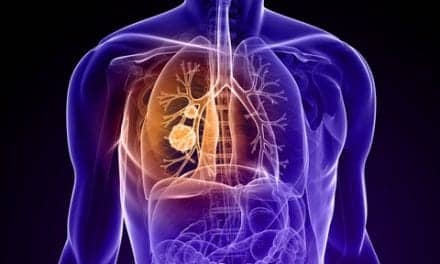Living in an area with high levels of particulate air pollution is associated with an increased incidence of breast cancer, according to researchers at the National Institutes of Health (NIH).
The study was published in the Journal of the National Cancer Institute.
The researchers saw that the largest increases in breast cancer incidence was among women who on average had higher particulate matter levels (PM2.5) near their home prior to enrolling in the study, compared to those who lived in areas with lower levels of PM2.5. The particulate matter pollution measured in this study was 2.5 microns in diameter or smaller (PM2.5), meaning the particles are small enough to be inhaled deep into the lungs. The Environmental Protection Agency has a website known as Air Now where residents can enter their zip code and get the air quality information, including PM2.5 levels, for their area.
“We observed an 8% increase in breast cancer incidence for living in areas with higher PM2.5 exposure. Although this is a relatively modest increase, these findings are significant given that air pollution is a ubiquitous exposure that impacts almost everyone,” says Alexandra White, PhD, lead author and head of the Environment and Cancer Epidemiology Group at the National Institute of Environmental Health Sciences, in a release. “These findings add to a growing body of literature suggesting that air pollution is related to breast cancer.”
The study was conducted using information from the NIH-AARP Diet and Health Study, which enrolled more than 500,000 men and women between 1995-96 in six states (California, Florida, Pennsylvania, New Jersey, North Carolina, and Louisiana) and in two metropolitan areas (Atlanta and Detroit). The women in the cohort were on average about 62 years of age and most identified as being non-Hispanic white. They were followed for approximately 20 years, during which 15,870 breast cancer cases were identified.
The researchers estimated the annual average historical PM2.5 concentrations for each participant’s residence. They were particularly interested in air pollution exposures during a period of 10 to 15 years prior to enrollment in the study, given the length of time it takes for some cancers to develop. Most previous studies have assessed breast cancer risk in relation to air pollution around the time of study enrollment and did not consider past exposures.
“The ability to consider historic air pollution levels is an important strength of this research,” said Rena Jones, PhD, senior author and principal investigator of the study at National Cancer Institute, in a release. “It can take many years for breast cancer to develop, and in the past, air pollution levels tended to be higher, which may make previous exposure levels particularly relevant for cancer development.”
To consider how the relationship between air pollution and breast cancer varied by the type of tumor, the researchers evaluated estrogen receptor-positive (ER+) and -negative (ER-) tumors separately. They found that PM2.5 was associated with a higher incidence of ER+ breast cancer but not ER-, tumors. This suggests that PM2.5 may affect breast cancer through an underlying biologic pathway of endocrine disruption. ER+ tumors are the most common tumors diagnosed among women in the United States.
The authors note that the study was limited in its ability to explore any differences in the relationship between air pollution and breast cancer across the different study areas. They suggest future work should explore how the regional differences in air pollution, including the various types of PM2.5 women that women are exposed to, could impact a woman’s risk of developing breast cancer.
Photo 266423259 © Atomazul | Dreamstime.com










